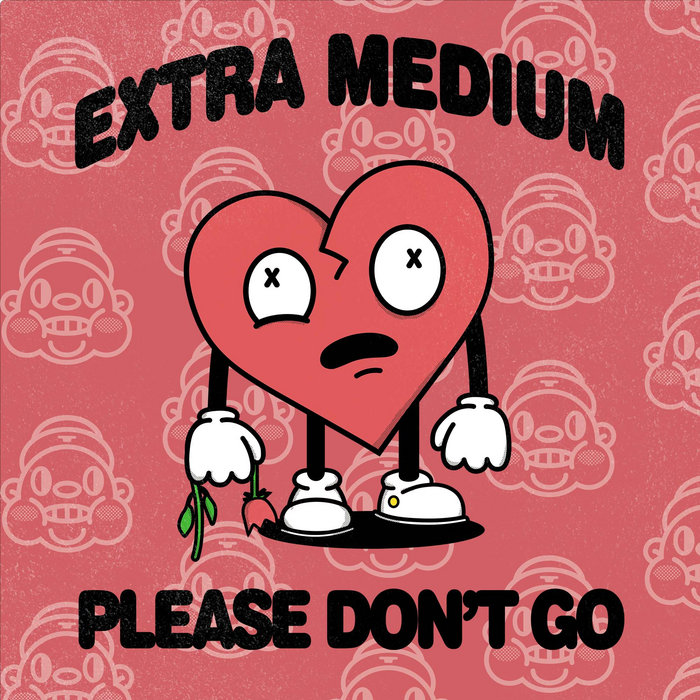
Please Don’t Go – Extra Medium
this blog is GROOVY – check out great Soul, Funk, Jazz, Hip Hop, Bass, Breaks , Reggae, House n many more TUNES
Hey there, music lovers! Buckle up as we take a funky ride through the vibrant lanes of Jazzy Garage. This genre is like a cool cat that struts in with a relaxed attitude but packs a punch that’ll get your body movin’ and groovin’. So, let’s dive into this unique mash-up of sounds, history, and some quirky facts about the players behind the scenes!
First things first—what exactly is jazzy garage? Imagine sliding into an old-school garage filled with bubbling energy and eclectic vibes. It’s where garage rock, known for its raw sound, meets the smoothness of jazz. Think gritty guitars jamming alongside slick horns and syncopated rhythms. It’s like peanut butter meeting jelly; two distinct flavors coming together to create something deliciously different.
The roots of jazzy garage can be traced back to the 1960s when bands like The Shadows of Knight and The Sonics started rocking out in garages across America. These groups were influenced by early rock ‘n’ roll but wanted to add their twist—enter jazz influences creeping in from other corners.
Fast-forward to the late 90s/early 2000s—the revival era! Bands such as The Black Keys, Thee Oh Sees, and Ty Segall began blending those raw garage riffs with elements inspired by jazz legends like Miles Davis or John Coltrane. You could feel it thick in the air—a new sub-genre brewing under our noses!
Now let’s sprinkle some fun throughout this journey with wild stories about musicians who have shaped jazzy garage:
Ty Segall’s Secret Love for Smooth Jazz
The Bizarre Happenings at House Shows
Drummer’s Night Out
Riffs Inspired by Cereal Boxes
Misunderstood Band Names
It resonates deeply within us; it’s got rhythm, soul—to put it plainly: it feels good! As listeners bop along those jangly guitars mixed with rich brass sections or intricate basslines—we feel connected together through grooves shared better than any social media post ever could illustrate.
Plus—with every wave comes another collection inspiring fresh artists looking outside conventional molds while adding pieces from past genres blending ancient styles anew—and oh boy does jazzy garage nail this better than most!
Today’s scene continues evolving—many budding musicians are experimenting with hip-hop beats blended seamlessly under jazz-inspired phrases laced into heavy fuzzy guitars thanks partly due legacies left behind earlier pioneers pushing boundaries further still today.
And don’t you worry; even though we’ve come far since humble beginnings—there are always room for fresh entries lining up bringing enthused styles fusing unexpected genres ensuring our beloved jazzy garage remains alive and kicking (with maybe some more offbeat pets joining)!
So there you have it—the lowdown on what makes jazzy garage such an exciting space within music history combined with anecdotes worth chuckling over next time you hit play on your favorite records spinning tales both heartfelt yet humorous intertwined across generations ahead.
As you continue your musical exploration—it doesn’t hurt either throw on some vinyls resounding those live vibes drifting soulfully filling spaces around whenever possible because hey… ain’t nothing boogie-ing harder than soulful grooves captured right inside your own abode baby!!
Always keep dreaming big—you never know just how close everyone really is jivin’ strong seeking unrevealed magic unraveling each note come alive waiting patiently beneath surface layer ready shining brightly beyond expectations straight towards endless funkiness surrounding us all urging sweeter times ahead jumping forth eternally grounded breathlessly letting loose freely upon everything interwoven!! 🎶✨

Please Don’t Go – Extra Medium